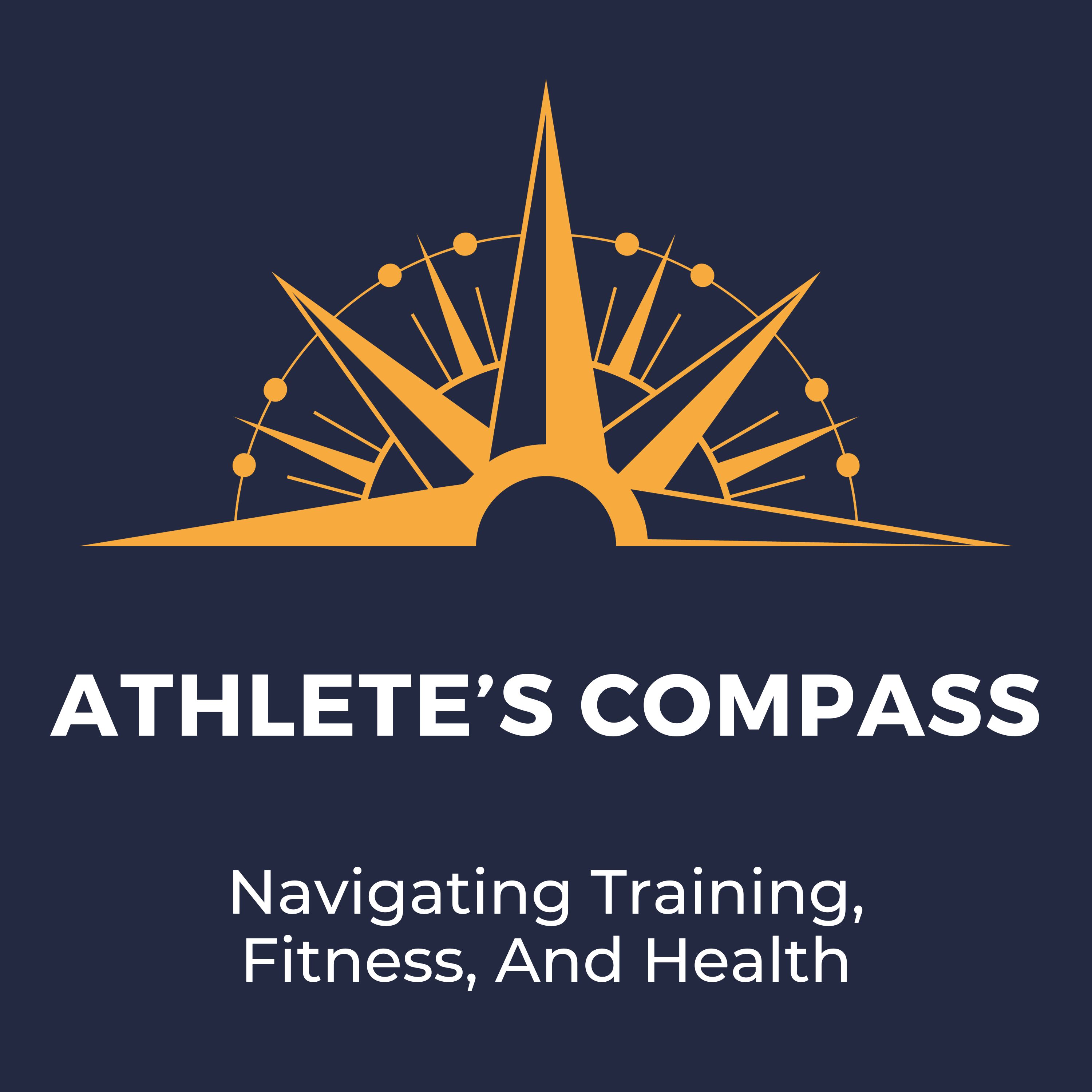VO2 Max Explained: How to Boost Your Endurance and Longevity
- Author
- Athletica
- Published
- Thu 12 Sep 2024
- Episode Link
- https://athletica.ai/the-athletes-compass-podcast/vo2-max-explained-how-to-boost-your-endurance-and-longevity
In this episode of the Athletes Compass podcast, hosts Paul Warloski, Marjaana Rakai, and Dr. Paul Laursen dive into listener questions about optimizing VO2 max, understanding the differences between training protocols like 30-30s and 4x4s, and adapting nutrition strategies for altitude. They discuss the benefits of fat adaptation, the importance of training consistency, and the use of ketone supplements for recovery. With insights on how to enhance running economy and manage energy more efficiently, this episode is packed with expert advice for endurance athletes looking to improve their performance.
Key Episode Takeaways
- Understanding VO2 Max: It's crucial to distinguish between VO2 max as a measure of cardiorespiratory fitness and the power output or pace at VO2 max.
- Training for VO2 Max: Incorporating both high-intensity interval training (like 30-30s or 4x4s) and low-intensity zone 2 training can lead to greater improvements in VO2 max.
- Altitude and Nutrition: Nutrition strategies at sea level may not work at altitude due to differences in energy demands and oxygen availability.
- Ketone Supplements: These are best used for recovery rather than during high-intensity activities.
- Fat Adaptation: Becoming fat-adapted can improve performance in endurance sports, especially in stressful or extreme conditions.
- Improving Running Economy: Incorporating plyometrics, hill reps, and strength training can enhance running efficiency and performance.
- Rethinking the role of fat oxidation: substrate utilisation during high-intensity interval training in well-trained and recreationally trained runners - PubMed
- Understanding Ketone Science & Supplementation | Dr. Chiel Poffé
- Outlive: The Science & Art of Longevity - New Book by Peter Attia
- Paul Warloski - Endurance, Strength Training, Yoga
- Marjaana Rakai - Tired Mom Runs - Where fitness meets motherhood.
